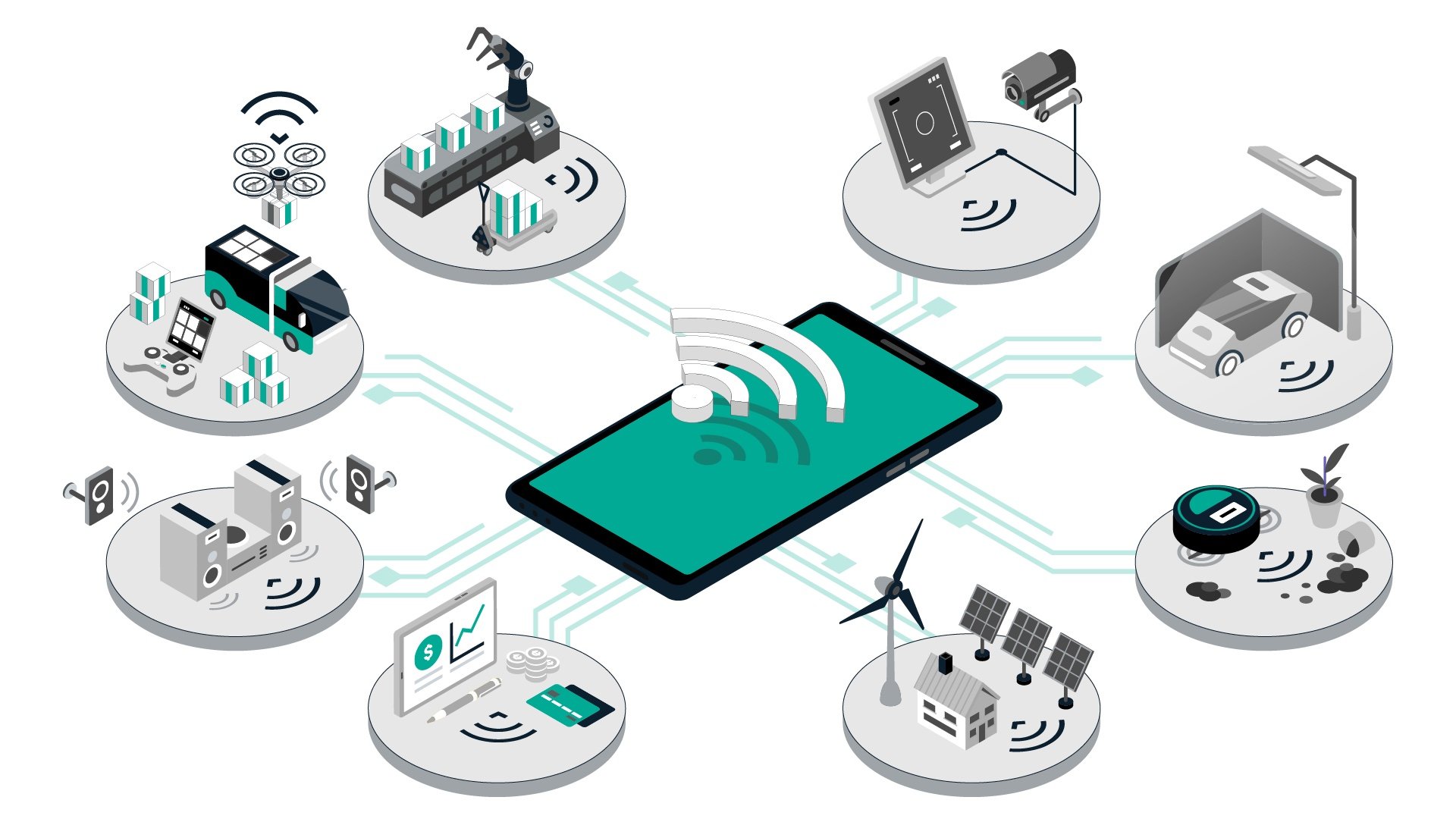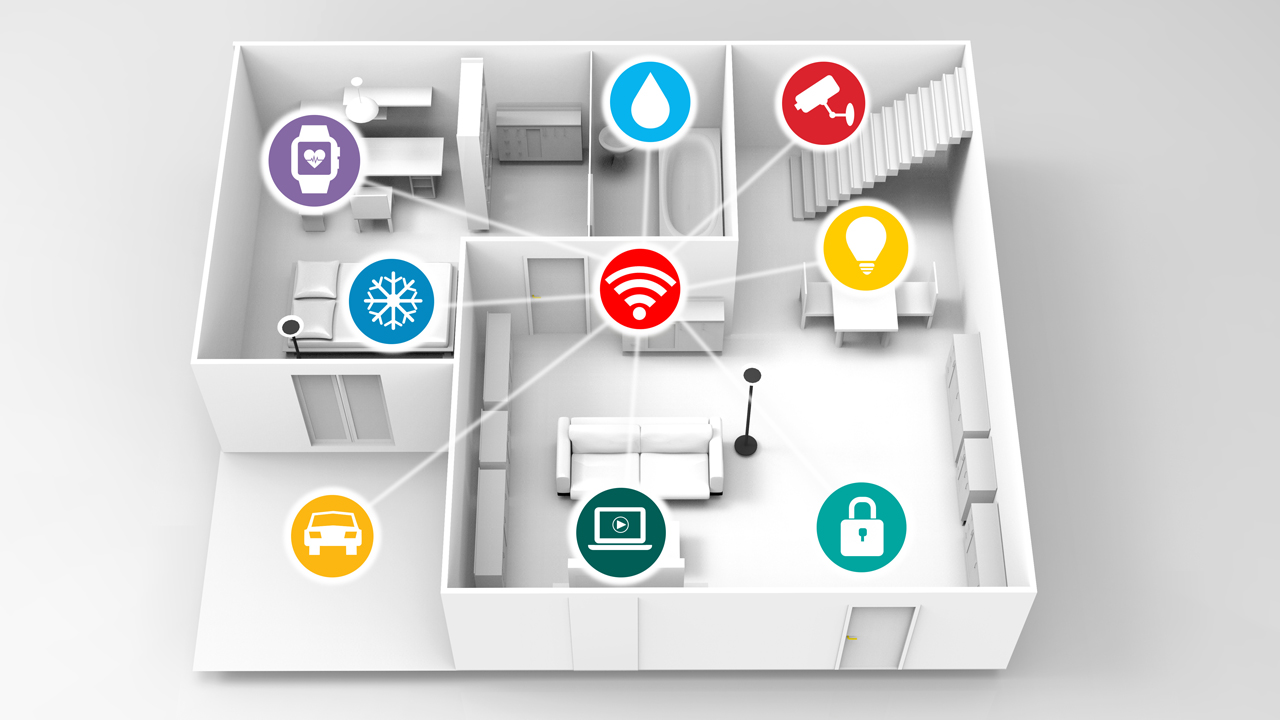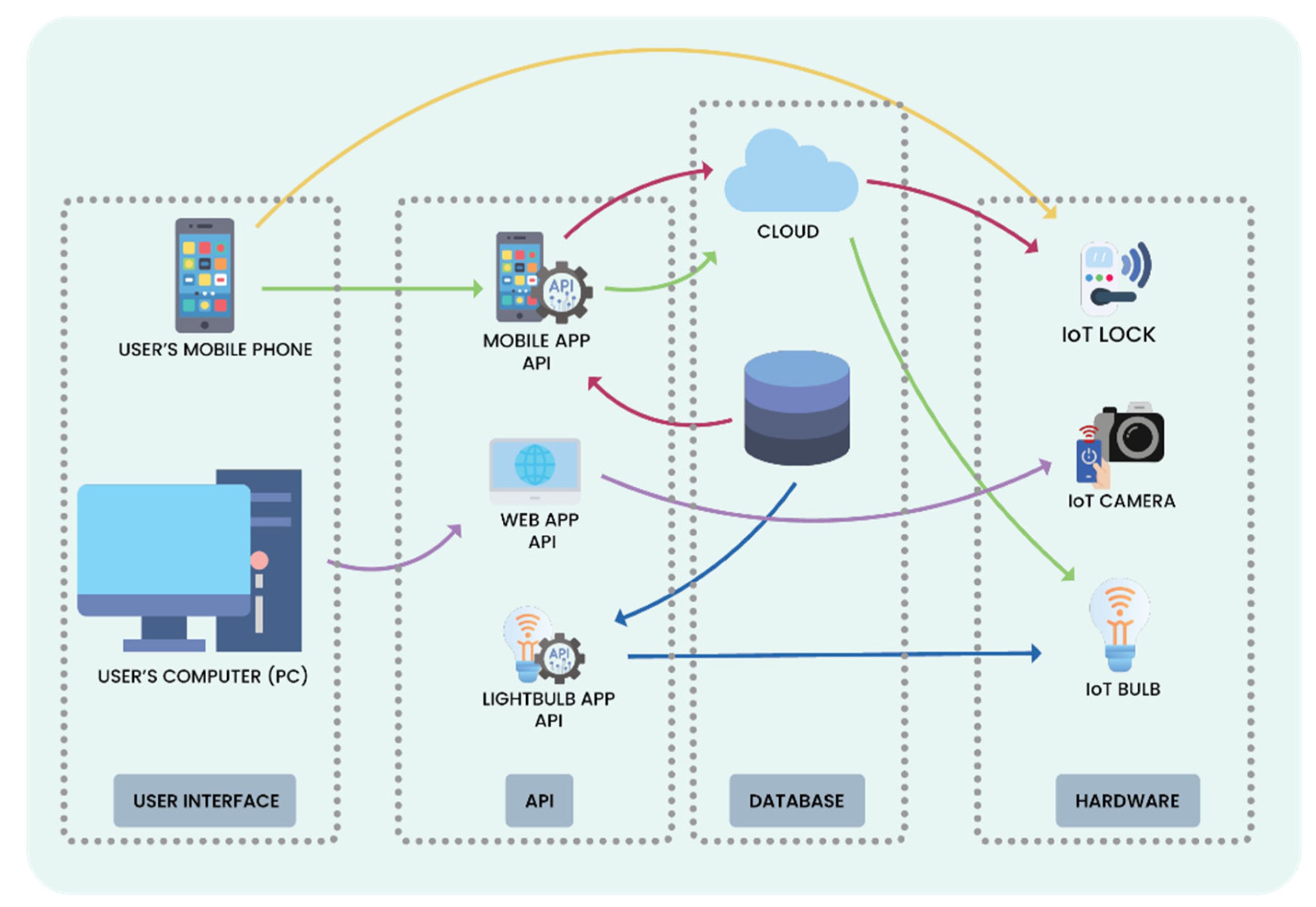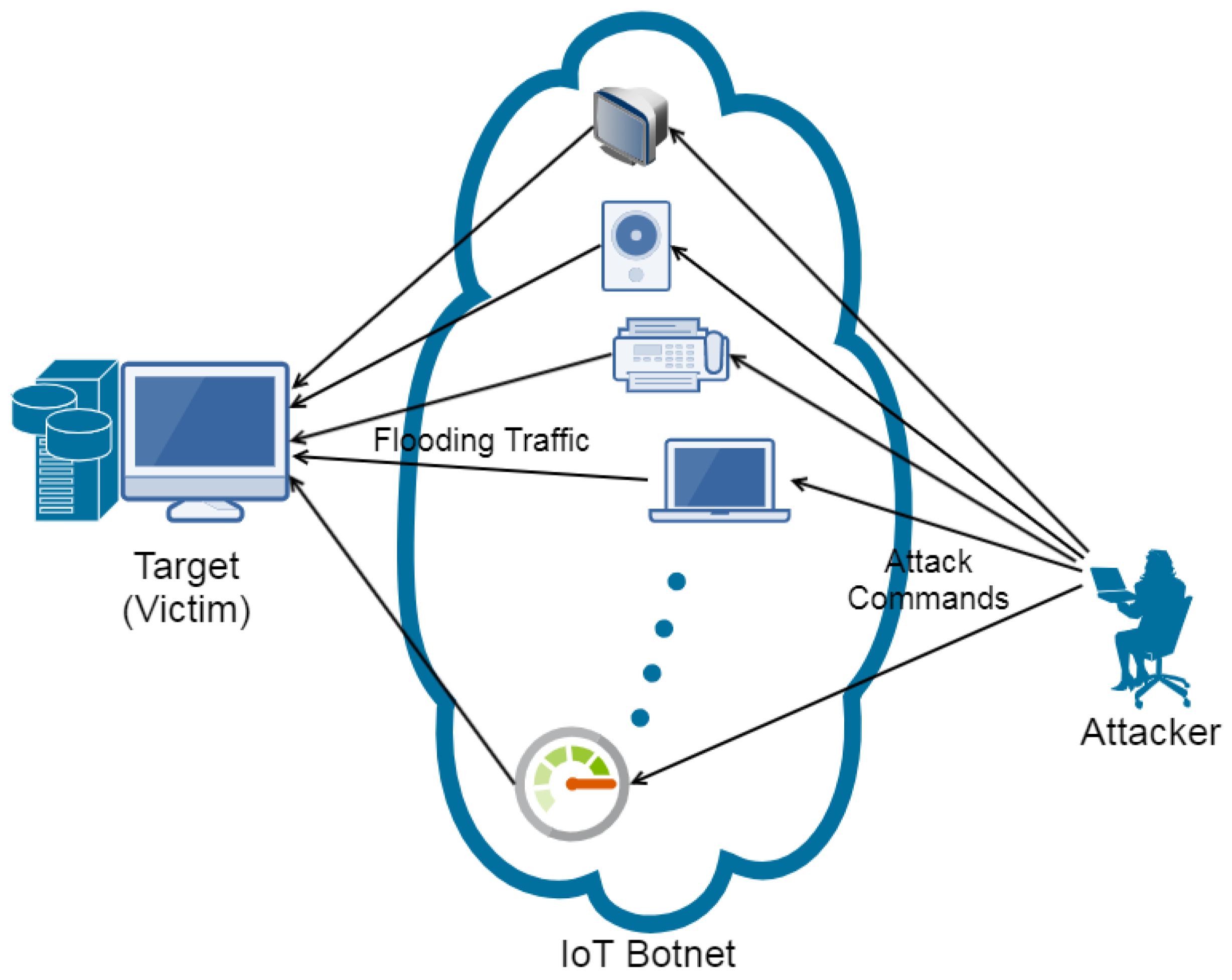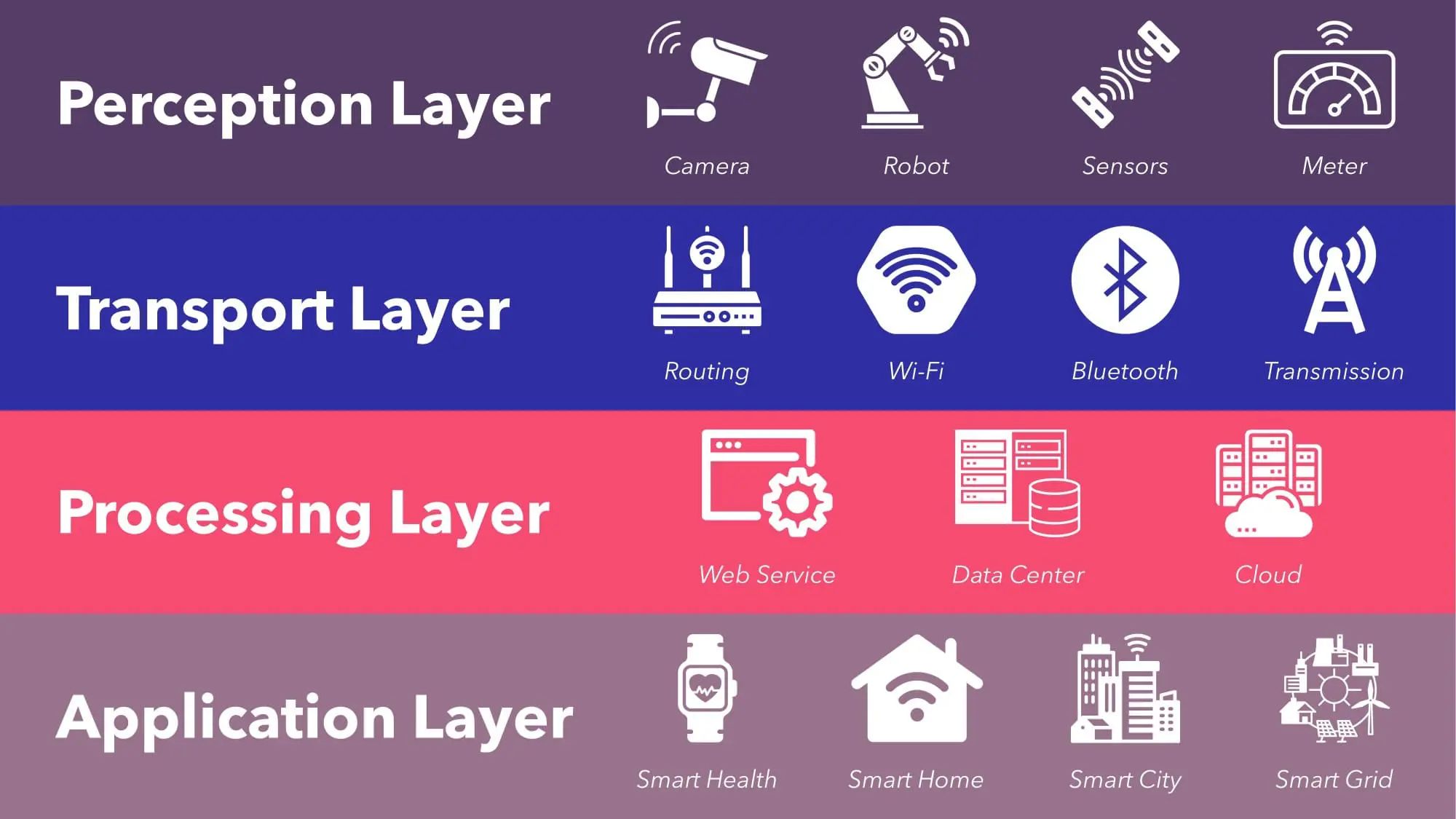Introduction
The Internet of Things (IoT) has become an integral part of our daily lives, revolutionizing the way we interact with technology and the world around us. From smart homes and wearable devices to industrial automation and healthcare systems, IoT technology is redefining the possibilities of connectivity and data exchange. But what exactly is IoT, and how does it work?
IoT refers to a vast network of interconnected devices, sensors, and systems that communicate and share data with each other over the internet. These devices range from everyday objects like household appliances and vehicles to complex machinery and infrastructure. The primary goal of IoT is to enable seamless communication between these devices, allowing them to collect, analyze, and utilize data in real-time.
At the heart of IoT lies the concept of an IoT network, which serves as the backbone for connecting and managing these devices. An IoT network consists of multiple layers, protocols, and technologies that facilitate device communication, data transfer, and security.
In this article, we will delve into the world of IoT networks, exploring their components, types, benefits, challenges, and use cases. By understanding the fundamental aspects of IoT networks, you will gain insight into how these networks operate and the immense potential they offer.
So, without further ado, let us dive into the world of IoT networks and uncover the intricacies behind this groundbreaking technology.
What is IoT?
The Internet of Things (IoT) refers to the network of physical objects or “things” embedded with sensors, software, and connectivity capabilities that enable them to collect and exchange data over the internet. These objects can be anything from everyday items such as thermostats, light bulbs, and refrigerators, to more complex devices like industrial machinery, vehicles, and even entire smart cities.
The key concept behind IoT is the ability of these objects to connect and communicate with each other, as well as with humans, through the internet. This connectivity allows them to share data, receive instructions, and respond to their environment in real-time. By leveraging the power of IoT, businesses and individuals can gain valuable insights, automate processes, and enhance decision-making based on the vast amount of data generated and collected.
One of the defining features of IoT is its ability to bridge the gap between the physical and digital worlds. IoT devices capture real-world events and activities through their sensors, which then convert this information into digital data. This data can be analyzed, visualized, and utilized to drive efficiency, improve operations, and create new opportunities across various industries.
Furthermore, IoT is not limited to a single domain or industry. It has applications and implications in sectors like agriculture, healthcare, transportation, manufacturing, energy, and more. For example, in agriculture, IoT devices can monitor soil moisture levels, temperature, and weather conditions, enabling farmers to optimize irrigation, conserve resources, and improve crop yields. In healthcare, IoT-enabled wearables can track vital signs, medication adherence, and patient behavior, aiding in remote patient monitoring and personalized healthcare delivery.
In summary, IoT is a network of interconnected physical objects, embedded with sensors and software, that can collect and exchange data over the internet. By leveraging this technology, businesses and individuals can harness the power of data-driven insights, automation, and connectivity to revolutionize industries, enhance experiences, and transform the way we live and work in the digital age.
What is an IoT Network?
In the world of the Internet of Things (IoT), an IoT network is the infrastructure that enables devices to connect, communicate, and exchange data with each other. It serves as the backbone of the entire IoT ecosystem, facilitating seamless and secure communication between devices, sensors, and systems.
An IoT network comprises multiple components that work together to establish and maintain connectivity. These components include:
1. Devices and Sensors: IoT networks consist of a wide variety of devices and sensors that collect data from the physical world. These can range from simple sensors such as temperature and humidity sensors to complex devices like cameras, actuators, and drones.
2. Connectivity: IoT devices need a means of connecting to the network and the internet. This can be achieved through various connectivity options, including Wi-Fi, cellular networks (3G, 4G, or 5G), Bluetooth, Zigbee, LoRaWAN, or satellite communication.
3. Gateways: Gateways act as intermediaries between IoT devices and the internet. They aggregate data from multiple devices, preprocess it, and transmit it to the cloud or other remote servers for further analysis and storage. Gateways also provide additional functionalities such as protocol translation and security measures.
4. Protocols: IoT networks utilize various protocols to enable communication between devices and systems. Some commonly used protocols include MQTT, CoAP, HTTP(S), and WebSocket. These protocols define how data is structured, transmitted, and interpreted, ensuring compatibility and interoperability between devices.
5. Cloud Services: IoT networks often rely on cloud-based platforms for data storage, analysis, and processing. Cloud services provide scalability, flexibility, and accessibility to IoT applications, allowing businesses and individuals to derive meaningful insights from the collected data.
6. Data Security: IoT networks must prioritize data security to protect sensitive information and maintain privacy. Robust security measures such as encryption, authentication, and access control need to be implemented at various levels, including device-level, network-level, and application-level.
By combining these components, an IoT network enables seamless connectivity, data exchange, and real-time decision-making. It allows devices to send and receive commands, monitor and analyze data, and respond to changing conditions. IoT networks have the potential to transform industries, improve operational efficiency, enhance customer experiences, and create new business opportunities.
In summary, an IoT network is the infrastructure that enables devices and sensors to connect and communicate with each other. By leveraging various components such as devices, connectivity options, gateways, protocols, cloud services, and robust security measures, IoT networks pave the way for a connected future where smart devices and systems seamlessly interact and exchange data.
Components of an IoT Network
An IoT network is composed of several essential components that work together to enable seamless connectivity, data communication, and interaction between devices. These components play a crucial role in ensuring the efficient operation of an IoT network. Let’s take a closer look at the key components of an IoT network:
1. Devices and Sensors: The devices and sensors form the foundation of an IoT network. These can include a wide range of IoT-enabled devices such as sensors, actuators, cameras, wearables, and smart appliances. These devices capture data from the environment, monitor various parameters, and perform specific actions based on the received instructions.
2. Connectivity: Connectivity options are essential to establish communication between IoT devices and the network. This can be achieved through various means, such as Wi-Fi, cellular networks (3G, 4G, or 5G), Bluetooth, Zigbee, LoRaWAN, or satellite communication. The choice of connectivity depends on factors like range, power consumption, bandwidth requirements, and deployment scenario of the IoT application.
3. Gateways: Gateways act as intermediaries between the IoT devices and the network infrastructure. They provide protocol translation, data preprocessing, and security functions. Gateways aggregate data from multiple devices, apply necessary protocols, and transmit the data to the cloud or other remote servers for further processing and analysis.
4. Protocols: Protocols define the rules and standards for data exchange and communication between devices and systems in an IoT network. These protocols ensure compatibility and interoperability between different devices and enable smooth communication. Commonly used IoT protocols include MQTT (Message Queuing Telemetry Transport), CoAP (Constrained Application Protocol), HTTP(S) (Hypertext Transfer Protocol), and WebSocket.
5. Cloud Infrastructure: The cloud infrastructure provides a scalable and reliable platform for storing and processing the vast amount of data generated by IoT devices. Cloud services enable centralized data storage, data analytics, and management. They also offer the flexibility to scale resources to meet the demands of an IoT application, allowing businesses to efficiently leverage the data collected by IoT devices.
6. Data Analytics and Artificial Intelligence: Data analytics and artificial intelligence techniques play a critical role in extracting actionable insights from the collected IoT data. With the help of data analytics, businesses can identify patterns, trends, and anomalies, which can lead to more informed decision-making and process optimization. Machine learning algorithms further enhance the capabilities of an IoT network by enabling predictive analytics, anomaly detection, and intelligent automation.
7. Security Measures: Security is of utmost importance in an IoT network to protect sensitive data and prevent unauthorized access. Robust security measures such as encryption, authentication, access control, and secure communication protocols are implemented to ensure data integrity and privacy. Additionally, regular security updates and patches are essential to address vulnerabilities and protect against emerging threats.
By integrating these components, an IoT network can collect, analyze, and utilize data from various devices and sensors in real-time. This enables businesses and individuals to make informed decisions, automate processes, and improve overall efficiency. The successful integration of these components is key to building a reliable, scalable, and secure IoT network.
In summary, the components of an IoT network include devices and sensors, connectivity options, gateways, protocols, cloud infrastructure, data analytics and artificial intelligence, and robust security measures. These components work together to create a seamless and efficient IoT ecosystem, enabling businesses to harness the power of connected devices and the valuable insights derived from the captured data.
Types of IoT Networks
IoT networks can be categorized into different types based on their scale, range, and communication protocols. Each type of IoT network is designed to meet specific requirements and cater to various use cases. Let’s explore some of the commonly used types of IoT networks:
1. Local Area Network (LAN): LAN-based IoT networks are commonly deployed within a confined area, such as a home or a small office. These networks typically use Wi-Fi or Ethernet connectivity to enable communication between IoT devices and a local gateway. LAN-based IoT networks offer high data transfer speeds and allow for direct communication between devices without the need for internet connectivity.
2. Wide Area Network (WAN): WAN-based IoT networks cover larger geographic areas, such as cities or regions. These networks utilize cellular networks (3G, 4G, or 5G) or satellite communication to connect IoT devices to the internet. WAN-based networks are ideal for applications such as smart cities, transportation systems, and environmental monitoring, where devices need to communicate over long distances.
3. Mesh Network: Mesh networks consist of multiple interconnected nodes or devices that work together to route data between devices within the network. In a mesh network, devices act as both senders and relays, creating a self-healing network architecture. Mesh networks offer high scalability, extended coverage, and increased reliability by providing multiple communication paths.
4. LPWAN (Low-Power Wide Area Network): LPWAN is designed to support low-power, long-range communication for IoT devices. LPWAN technologies like LoRaWAN (Long Range Wide Area Network) and NB-IoT (Narrowband IoT) provide low-power consumption, extended battery life, and long-range connectivity, making them suitable for IoT applications that require years of battery life and coverage over large areas.
5. Bluetooth/Mesh Network: Bluetooth-based IoT networks use Bluetooth Low Energy (BLE) technology to enable communication between devices in a short-range environment. Bluetooth Mesh Networks leverage the mesh network architecture to connect and control multiple IoT devices in close proximity, making them ideal for applications such as home automation, lighting control, and asset tracking.
6. Industrial IoT (IIoT) Network: IIoT networks are specifically designed for industrial applications, where sensors, machines, and other devices need to be connected to monitor and control critical processes. These networks often use wired protocols such as Ethernet or fieldbus protocols like Modbus or Profibus to enable real-time data exchange and command execution in industrial environments.
7. 5G IoT Network: With the advent of 5G technology, IoT networks can now leverage the benefits of ultra-low latency, high bandwidth, and massive device connectivity. 5G IoT networks enable high-speed data transmission, support mission-critical applications, and offer enhanced scalability, making them suitable for advanced IoT use cases such as autonomous vehicles, augmented reality, and remote surgery.
It is important to note that these types of IoT networks are not mutually exclusive, and different types can be combined to create hybrid infrastructures that best suit the specific requirements of an IoT application.
In summary, IoT networks come in various types, each tailored to specific use cases and requirements. From LAN and WAN networks to mesh networks, LPWAN, Bluetooth/mesh networks, IIoT networks, and 5G IoT networks, the choice of network type depends on factors such as range, scalability, power consumption, data transfer speed, and the specific needs of the application at hand.
Benefits of IoT Networks
IoT networks offer a wide range of benefits that span across industries and domains. By connecting devices, sensors, and systems, IoT networks enable businesses and individuals to harness the power of data and automation. Here are some key benefits of implementing IoT networks:
1. Improved Efficiency and Productivity: IoT networks enable real-time data collection, analysis, and decision-making, which leads to improved operational efficiency and productivity. By monitoring and optimizing processes, businesses can streamline operations, reduce downtime, and increase overall productivity.
2. Cost Savings: IoT networks help businesses optimize resource utilization, reduce energy consumption, and minimize wastage. For example, in smart buildings, IoT sensors can adjust lighting and temperature based on occupancy, leading to significant energy savings. Predictive maintenance enabled by IoT networks can also help minimize costly equipment failures and unscheduled downtime.
3. Enhanced Customer Experience: IoT networks enable businesses to deliver personalized and context-aware experiences to their customers. For instance, in retail, IoT-powered beacons can push tailored offers to customers’ smartphones based on their location and preferences. IoT devices can also provide valuable insights into customer behavior, enabling businesses to offer targeted solutions and improve customer satisfaction.
4. Data-Driven Insights: IoT networks generate vast amounts of data that can be analyzed to gain valuable insights about operations, customer behavior, market trends, and more. Data analytics and AI techniques applied to IoT data can reveal patterns, anomalies, and correlations that can drive informed decision-making and help businesses identify new opportunities.
5. Improved Safety and Security: IoT networks provide enhanced safety and security through real-time monitoring and proactive alert systems. For example, in industrial settings, IoT sensors can detect environmental hazards or equipment malfunctions, triggering immediate actions to mitigate risks. Home security systems equipped with IoT devices allow remote monitoring and provide instant alerts in case of suspicious activities.
6. Remote Monitoring and Control: IoT networks enable remote monitoring and control of devices and systems from anywhere, at any time. This is particularly beneficial for industries such as healthcare and agriculture, where remote patient monitoring, asset tracking, and precision farming can significantly improve outcomes and efficiency.
7. Innovation and New Business Opportunities: IoT networks create a foundation for innovation by connecting devices and systems in novel ways. This opens up new business opportunities and the potential for creating disruptive products and services. By leveraging IoT networks, businesses can explore emerging technologies, such as AI, machine learning, and blockchain, to develop innovative solutions.
In summary, IoT networks offer numerous benefits, ranging from improved efficiency and cost savings to enhanced customer experiences and data-driven insights. By leveraging the power of connectivity, data, and automation, businesses can unlock the potential of IoT networks and gain a competitive edge in today’s digital era.
Challenges of IoT Networks
While IoT networks offer numerous benefits, they also come with a unique set of challenges that need to be addressed for successful implementation and operation. Some of the key challenges of IoT networks include:
1. Security and Privacy: Security is a major concern in IoT networks, as the vast amount of data being collected and transmitted is susceptible to hacking, unauthorized access, and privacy breaches. IoT networks must incorporate robust security measures, such as encryption, authentication, and access control, to protect sensitive data and maintain user privacy.
2. Interoperability: IoT networks often consist of heterogeneous devices and systems from different manufacturers, each with its own communication protocols and standards. Achieving seamless interoperability between these devices can be a challenge. Standardization efforts and the adoption of widely accepted protocols are essential to ensure seamless communication and interoperability in IoT networks.
3. Scalability: IoT networks typically involve a large number of devices and sensors that generate massive amounts of data. Scaling the infrastructure to handle this volume of data and accommodate an ever-increasing number of connected devices can be a significant challenge. Ensuring that the network can handle the growing demand and maintaining consistent performance is critical.
4. Power Consumption and Battery Life: Many IoT devices operate on limited power sources, such as batteries, which can pose challenges in terms of power consumption and battery life. Optimizing power usage and designing energy-efficient IoT devices is crucial to ensure long-lasting battery life and reduce the need for frequent replacements.
5. Data Management and Analytics: IoT networks produce vast amounts of data that need to be managed, processed, and analyzed effectively. Dealing with the sheer volume, velocity, and variety of IoT data can be challenging. Implementing robust data management strategies, utilizing cloud-based platforms, and leveraging advanced analytics techniques are essential for deriving valuable insights from IoT data.
6. Reliability and Connectivity: IoT networks require reliable and uninterrupted connectivity to ensure seamless communication and data exchange between devices. Connectivity issues, such as network outages or poor signal strength, can disrupt the functioning of IoT networks and impact their reliability. Redundancy measures, backup plans, and reliable connectivity options need to be in place to ensure uninterrupted operations.
7. Regulatory and Legal Compliance: IoT networks often handle sensitive and personal data, requiring strict adherence to privacy and data protection regulations. Compliance with regulations, such as GDPR (General Data Protection Regulation) and HIPAA (Health Insurance Portability and Accountability Act), is crucial to ensure data privacy, security, and legal compliance.
Addressing these challenges is crucial to realizing the full potential of IoT networks. Collaborative efforts among industry stakeholders, robust security measures, standardization, and ongoing research and innovation are necessary to overcome these challenges and create a secure, scalable, and reliable IoT ecosystem.
In summary, the challenges of IoT networks include security and privacy concerns, interoperability, scalability, power consumption, data management and analytics, reliability and connectivity, and regulatory compliance. Overcoming these challenges will pave the way for the successful implementation and operation of IoT networks and unlock their transformative potential.
Use Cases of IoT Networks
IoT networks have revolutionized numerous industries, enabling the development of innovative solutions and transforming the way businesses operate. The applications of IoT networks are vast and continue to expand across various domains. Here are some notable use cases of IoT networks:
1. Smart Home Automation: IoT networks have made it possible to create smart homes where everyday devices are connected and can be controlled remotely. IoT-enabled devices such as smart thermostats, lighting systems, security cameras, and home assistants allow homeowners to automate and control various aspects of their homes, enhancing convenience, security, and energy efficiency.
2. Industrial Automation: IoT networks are transforming industries by enabling advanced industrial automation. IoT sensors and devices are used to monitor and control manufacturing processes, optimize supply chains, and improve overall operational efficiency. This results in cost savings, improved productivity, and reduced downtime.
3. Healthcare Monitoring and Telemedicine: IoT networks play a critical role in remote healthcare monitoring and telemedicine. IoT-enabled wearable devices can continuously monitor vital signs, medication adherence, and patient behavior, allowing healthcare professionals to remotely monitor patients and provide personalized care. This also includes the use of remote medical devices and telehealth applications for virtual consultations and diagnosis.
4. Smart Agriculture: IoT networks are revolutionizing the agricultural industry by enabling precision farming techniques. IoT sensors and devices monitor soil moisture levels, temperature, humidity, and crop health, allowing farmers to optimize irrigation, crop protection, and fertilization. This improves yields, conserves resources, and reduces environmental impact.
5. Smart Cities: IoT networks are transforming cities into smart, connected ecosystems. IoT-enabled devices and sensors monitor environmental conditions, manage traffic flow, optimize energy consumption, and improve waste management. This creates sustainable cities that are efficient, livable, and environmentally friendly.
6. Asset Tracking and Supply Chain Management: IoT networks are used to track assets and monitor supply chains in real-time. IoT sensors and RFID (Radio Frequency Identification) tags enable the tracking of goods, ensuring timely delivery, reducing theft, and improving inventory management. This enhances transparency, efficiency, and customer satisfaction.
7. Environmental Monitoring: IoT networks have significant applications in environmental monitoring. IoT sensors collect data on air quality, water quality, noise pollution, and weather conditions. This enables organizations and governments to make informed decisions and take necessary actions to protect the environment and public health.
8. Energy Management: IoT networks facilitate effective energy management by monitoring and controlling energy consumption in buildings and infrastructure. IoT devices and sensors help optimize energy usage, detect energy inefficiencies, and enable demand response programs. This leads to energy savings, cost reduction, and a more sustainable energy infrastructure.
These are just a few examples of the countless use cases for IoT networks. From transportation and logistics to retail, agriculture, and beyond, IoT networks offer immense potential to transform industries, improve efficiency, and enhance quality of life.
In summary, IoT networks have found applications in various sectors, including smart homes, industrial automation, healthcare monitoring, smart agriculture, smart cities, asset tracking, environmental monitoring, and energy management. The versatility and transformative capabilities of IoT networks continue to reshape industries and society as a whole.
Conclusion
The Internet of Things (IoT) networks have emerged as a game-changing technology, revolutionizing the way we interact with devices and systems. By connecting devices, sensors, and systems through IoT networks, businesses and individuals can unlock a wide array of benefits, including improved efficiency, cost savings, enhanced customer experiences, and data-driven insights.
IoT networks enable seamless communication, data exchange, and automation, allowing businesses to optimize processes, monitor assets, and make real-time decisions. From smart homes and industrial automation to healthcare monitoring and environmental management, the applications of IoT networks are expanding across various industries and domains.
However, implementing and operating IoT networks also come with challenges that need to be addressed, such as security and privacy concerns, interoperability, scalability, and reliable connectivity. Overcoming these challenges requires collaboration, investment in robust security measures, standardization efforts, and ongoing research and development.
As IoT networks continue to evolve, the potential for innovation and new business opportunities is vast. The combination of IoT networks with emerging technologies like artificial intelligence, machine learning, and 5G is expected to further enhance the capabilities and impact of IoT networks across industries.
In conclusion, IoT networks have the power to transform industries, improve operational efficiency, enhance customer experiences, and drive innovation. By leveraging the connectivity, data, and automation provided by IoT networks, businesses can stay ahead in today’s digital era and create a more connected and efficient world.







